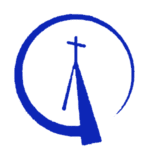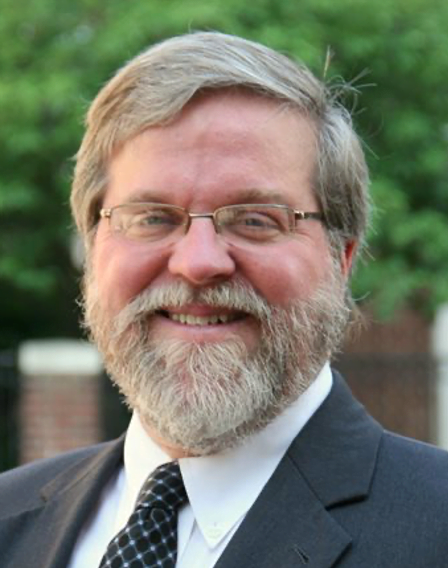God, be the Love to Search and Keep Me is a hymn by Richard Bruxvoort Hooligan (b. 1967), a composer and musician who teaches about music and spiritual formation. He writes in styles from chant to pop-rock. He is the owner of worldmaking.net and is currently working on a study of the Psalms at PsalmImmersion.com. Born in Minnesota, he studied at Luther College and United Theological Seminary. The hymn is a lorica – a song intended to be sung while dressing, arming oneself for battle, or traveling, as a protection against spiritual enemies. Christians have prayed in other forms for this kind of protection. Martin Luther, in the morning and evening prayers he included in the Small Catechism, asked God for the “evil foe” to have no power over him. A lorica may still mean this or something like it but its meaning is likely to be extended more generally to a prayer for the indwelling and surrounding of Christ with us on our daily journeys. Hooligan says that the tune for this hymn “started as a lullaby for our newborn son Sam.”
This morning’s postlude is a toccata by Jan Pieterszoon Sweelinck, Toccata (from Italian toccare, literally, “to touch”, with “toccata” being the action of touching) is a virtuoso piece of music typically for a keyboard or plucked string instrument featuring fast-moving, lightly fingered or otherwise virtuosic passages or sections, with or without imitative or fugal interludes, generally emphasizing the dexterity of the performer's fingers.
Sweelinck was a Dutch composer, organist, and pedagogue whose work straddled the end of the Renaissance and beginning of the Baroque eras. Many of his family were musicians – principally organists. He was the elder son of Peter Swybbertszdon and Elske Sweeling, he adopted his mother's family name. The assertion that he studied in Venice with Zarlino, the famous composerand theorist, is not supported by surviving evidence. His only known teachers besides his father were Jacob Buyck, pastor at the Oude Kerk, Amsterdam, and Jan Willemszoon Lossy, a counter- tenor and shawm player at Haarlem, who taught him not organ but composition. By 1580, and possibly as early as 1577, he was organist at the Oude Kerk; his duties there were probably to provide an hour of music twice daily in the church. He became famous for his brilliant improvisations at the organ and harpsichord. From this time onward he left Amsterdam only to inspect new organs and advise on repairs and restorations.
As a teacher, Sweelinck was influential and sought after, and his pupils were among the most highly regarded musicians of the time; they included Andreas Düben , Peter Hasse , Samuel Scheidt and Gottfried Scheidt , Paul Siefert , Ulrich Cernitz, Jacob Praetorius , and Johann Heinrich Scheidemann , founders of the so-called north German organ school of the 17th century. He was known in Germany as the “maker of organists”.


